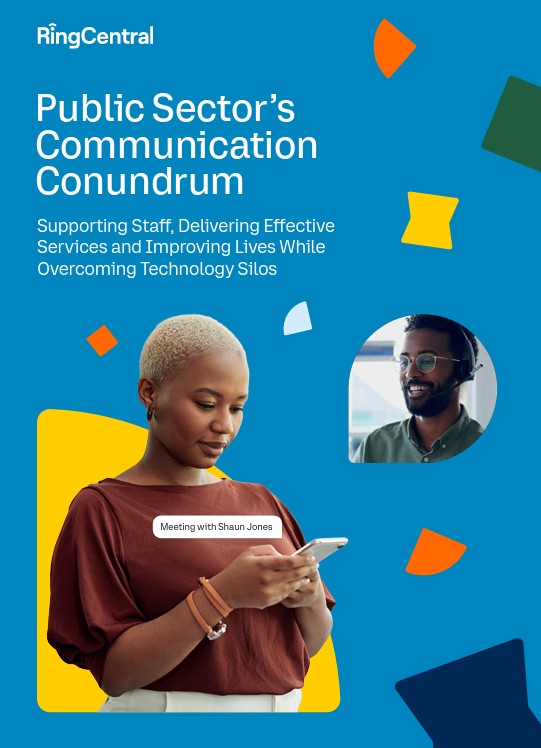Since October 2022 and the HM Government’s announcement of the UK Digital Strategy, the UK public sector has been considering how they might adopt digital solutions. Ultimately, the aim is to improve digital infrastructure, build the foundation of a thriving digital economy and create more flexible and efficient public services.
The wheels of change are turning throughout the public sector, and many organisations have already seen considerable successes from their digitalisation projects.
Experiences vary, however, and in some cases, the adoption of digital solutions has created communication silos. We need to learn more about how leaders are overcoming these silos and get an understanding of where more needs to be done.
To explore public sector needs and challenges, RingCentral, in collaboration with GovNews, conducted a wide-reaching survey to gain a deeper understanding of how public sector organisations are making use of the latest communications technology.
What are the main findings and who was surveyed?
Representing organisations right across the public sector, more than 500 respondents, the majority working in senior management or C-Suite positions, shared their insights, opinions and real-world experiences. The survey findings reveal what is working well, what’s not working, and the challenges, attitudes and aspirations of leaders and workers in this sector. Some of the key findings are:
- 97% of public sector organisations are using the Microsoft 365 suite.
- Just 19% rated their communication channels as excellent in supporting a hybrid working culture throughout their organisation.
- 47%of respondents report their organisations have not yet migrated their telephony systems to the cloud.
The fact that almost all organisations adopted the Microsoft 365 suite demonstrates that digital workplace tools are being used and leaders are taking steps toward becoming digitally enabled. However, this doesn’t mean that public sector organisations are near achieving what they could be, as there are known limitations to Microsoft when it comes to communications, especially telephony. In fact, Cavell’s research shows that 85% of businesses partner with third-party cloud telephony providers to enhance the Microsoft Teams experience.
Many organisations need to switch to cloud communications
Almost half of the organisations surveyed are yet to switch to the cloud. While this isn’t an issue right now, this will become a huge problem considering that the PSTN switch-off deadline is rapidly approaching. The PSTN switch-off is the BT Openreach initiative that will see the end of traditional PSTN and ISDN lines. The UK 2025 switch-off will impact all businesses currently operating on ISDN or PSTN, and the biggest impact will be felt by those with heavy use of fax machines or landline telephones.
There are other implications beyond phone services with other devices that connect to PSTN, such as alarms, door entry systems, CCTV and electronic point of sale (EPOS) systems.
It’s important that organisations act now to avoid scrambling to find alternative solutions closer to the deadline when digital services will be in high demand.

There’s room for improvement when it comes to hybrid work
While hybrid working is a relatively new approach for many organisations in the public sector, it could lead to huge benefits across the board. For many, having the tools in place, and being able to work remotely, has driven down operational costs, improved productivity, morale and, ultimately, staff retention. With the right technology to facilitate hybrid working, organisations can also drive a better citizen experience.
Using solutions like video conferencing software, cloud telephony, and instant messaging platforms means that staff are much more efficient, as their workflows don’t revolve around legacy software and a set physical location. As public sector organisations become better equipped to instantly analyse data and share findings, problems faced by service users can be efficiently remedied. The immediacy of staff-to-staff interactions is essential in a modern public sector.
All too frequently though, direct methods of communication, especially external communication with citizens are ignored. These communication methods must be reviewed and modernised to see the public sector become truly digitalised.
Find out more from our latest survey
This is just a snapshot of the topics and insights we cover in the report. You can download the full report for free to uncover more.
Originally published Sep 20, 2023, updated Dec 08, 2023
